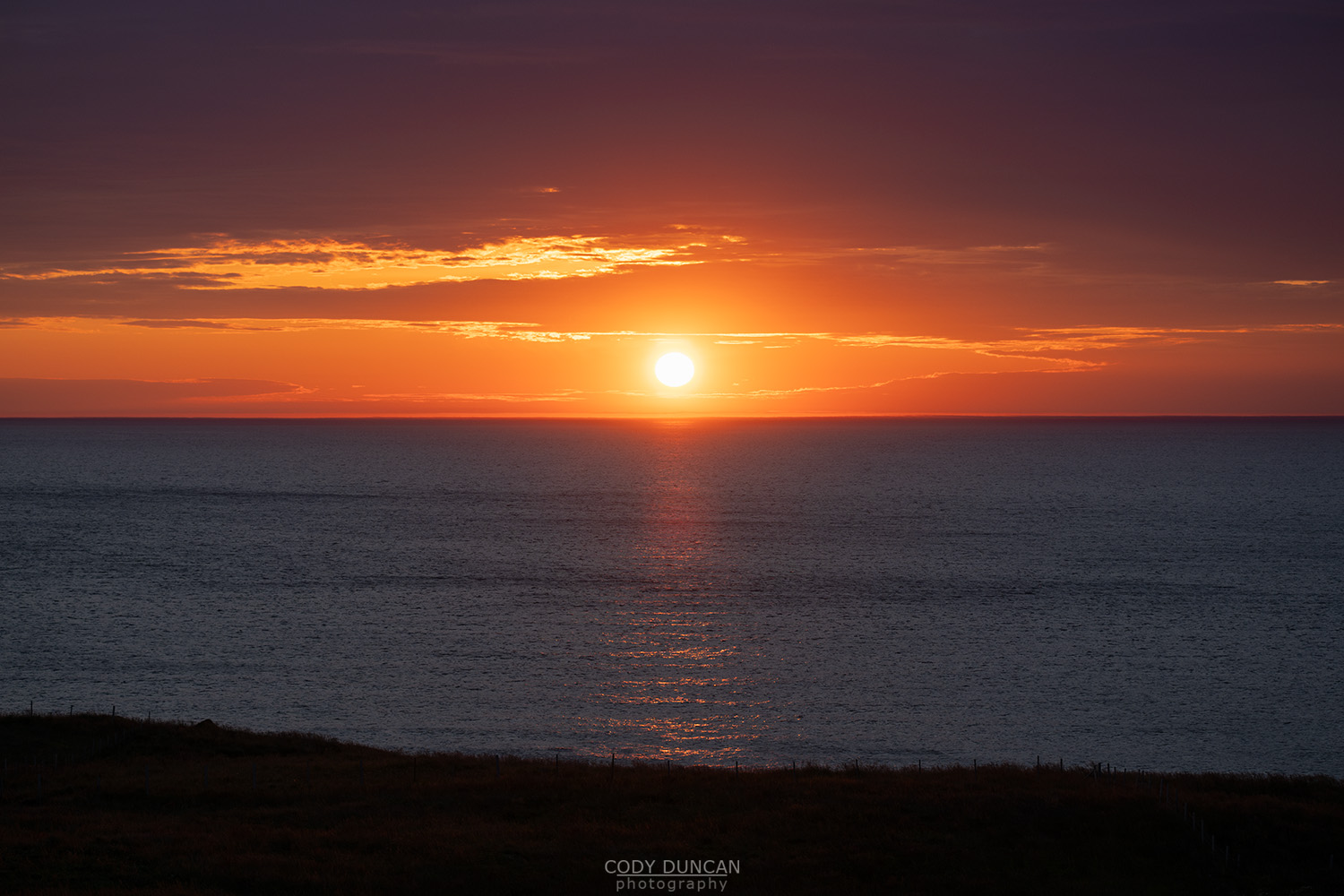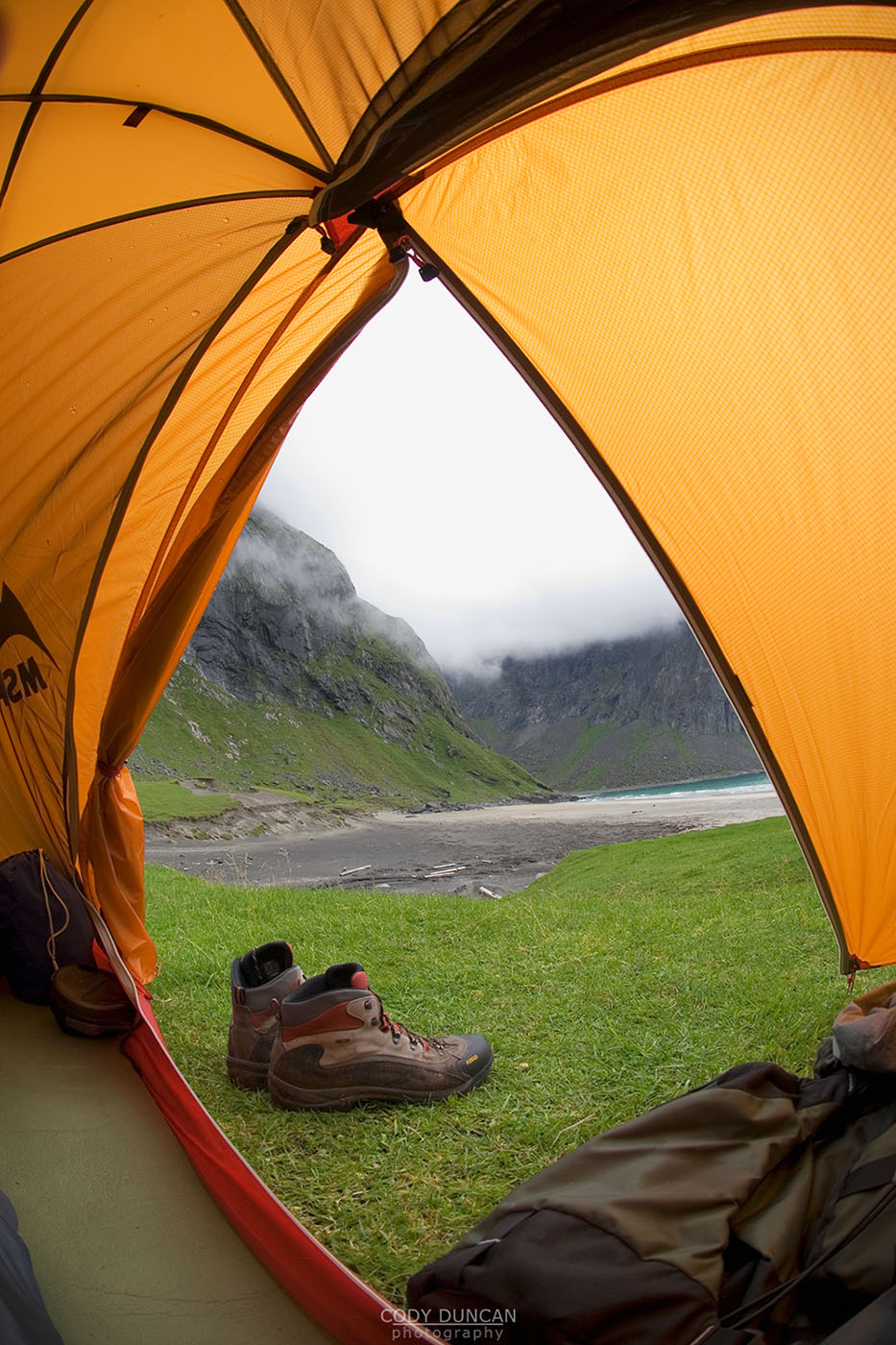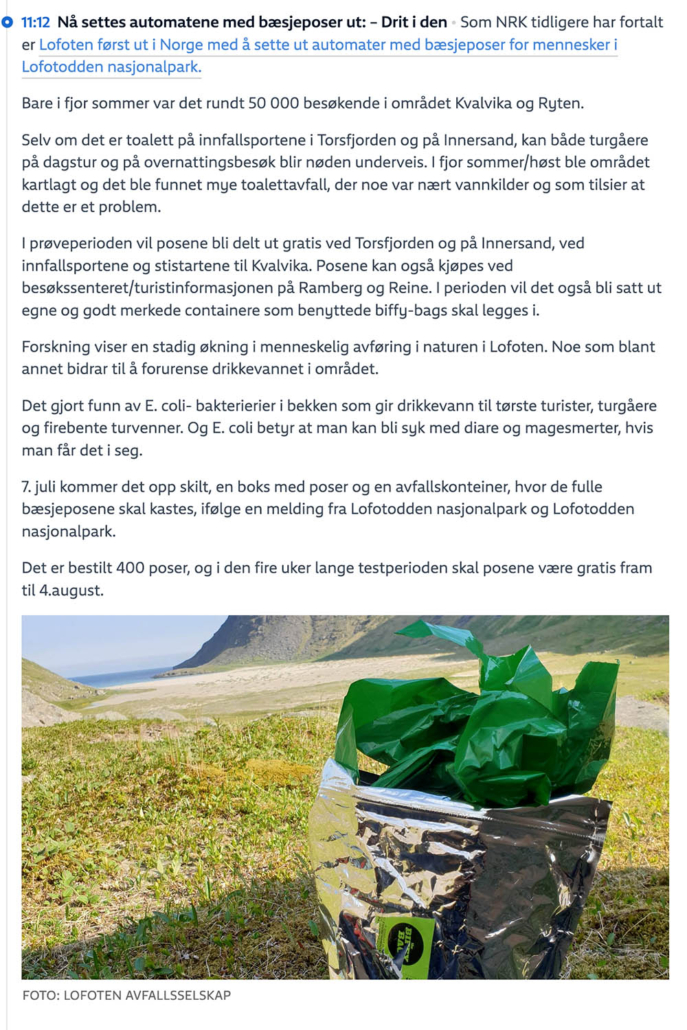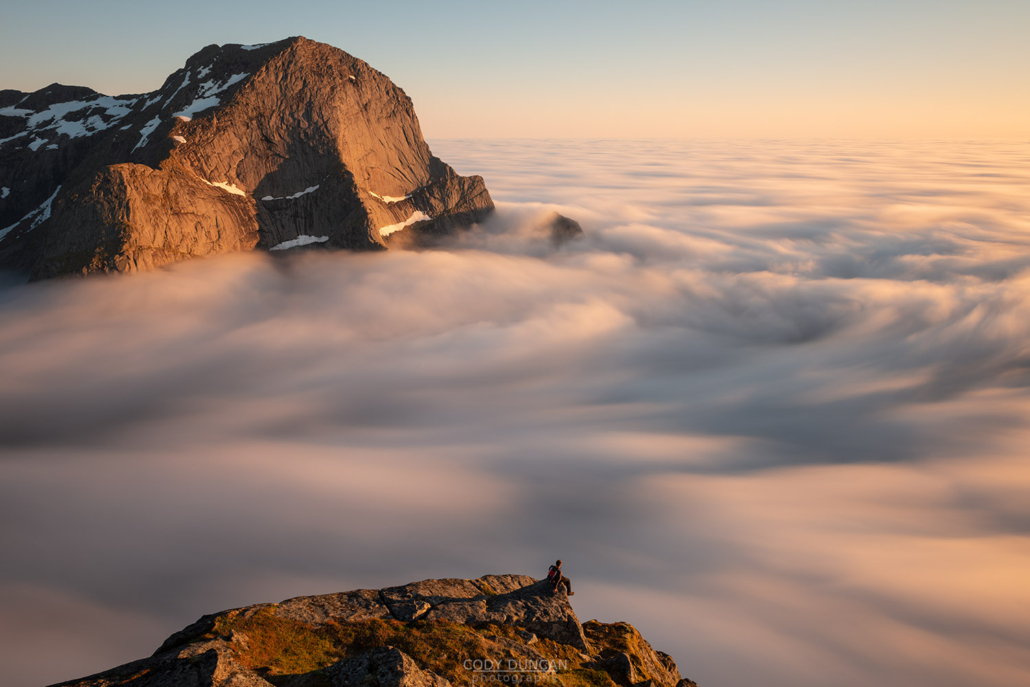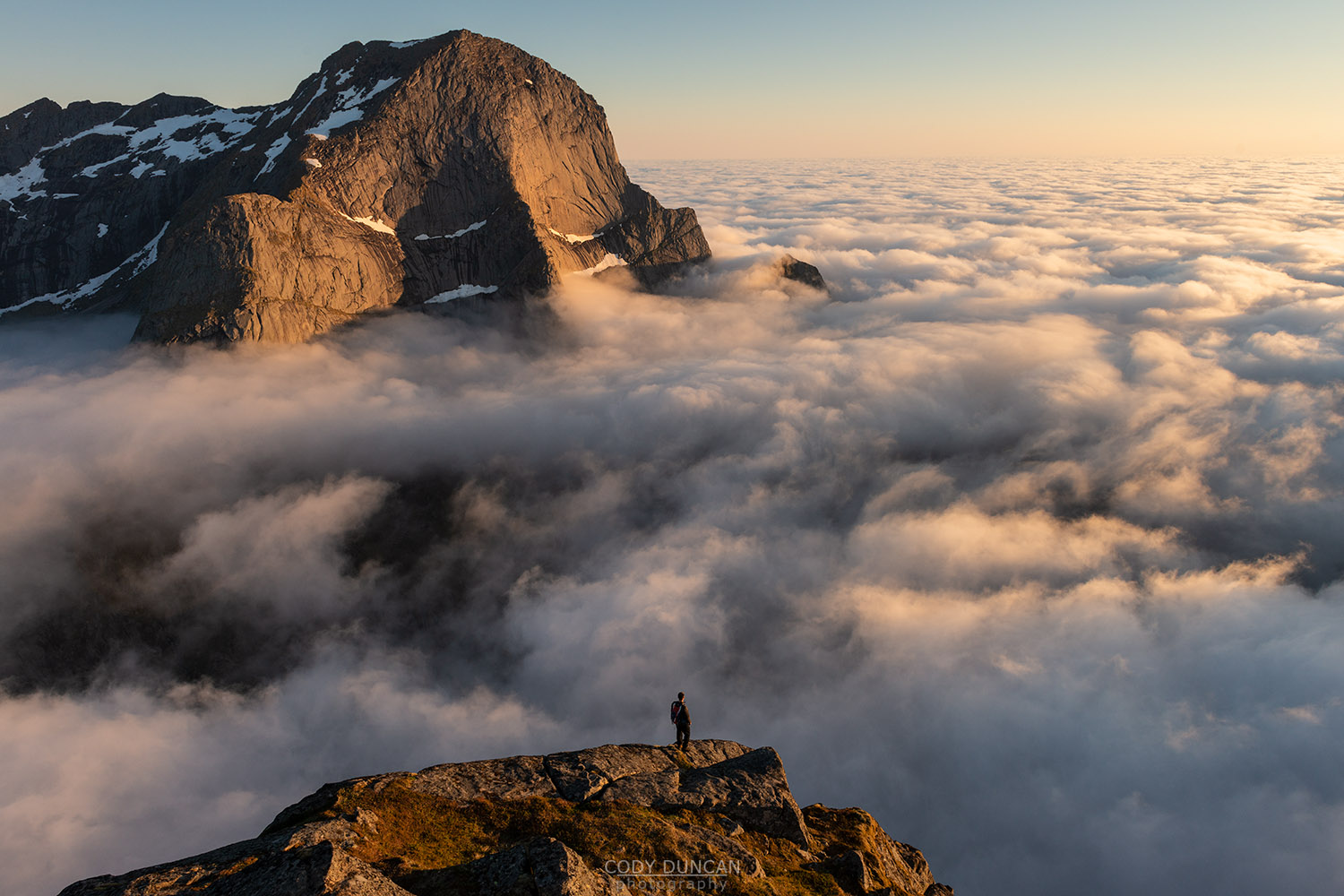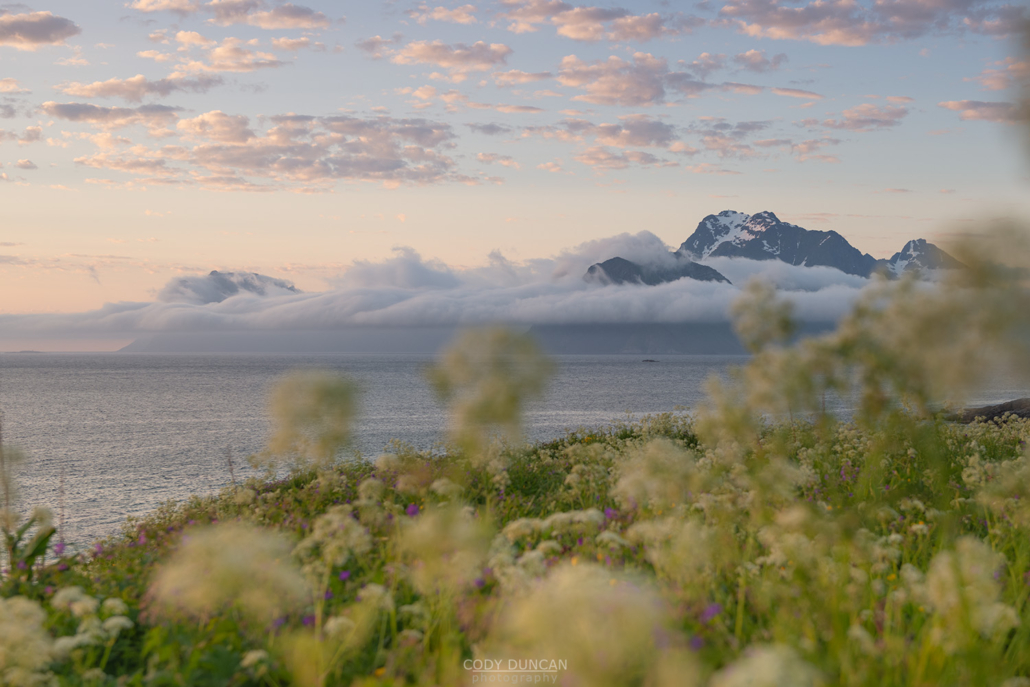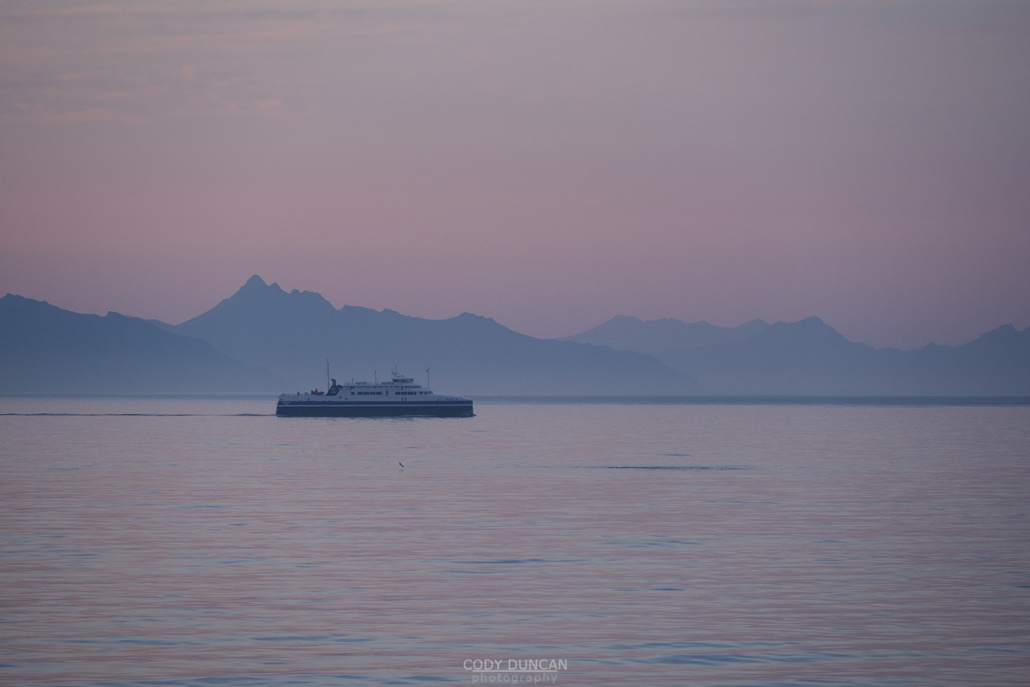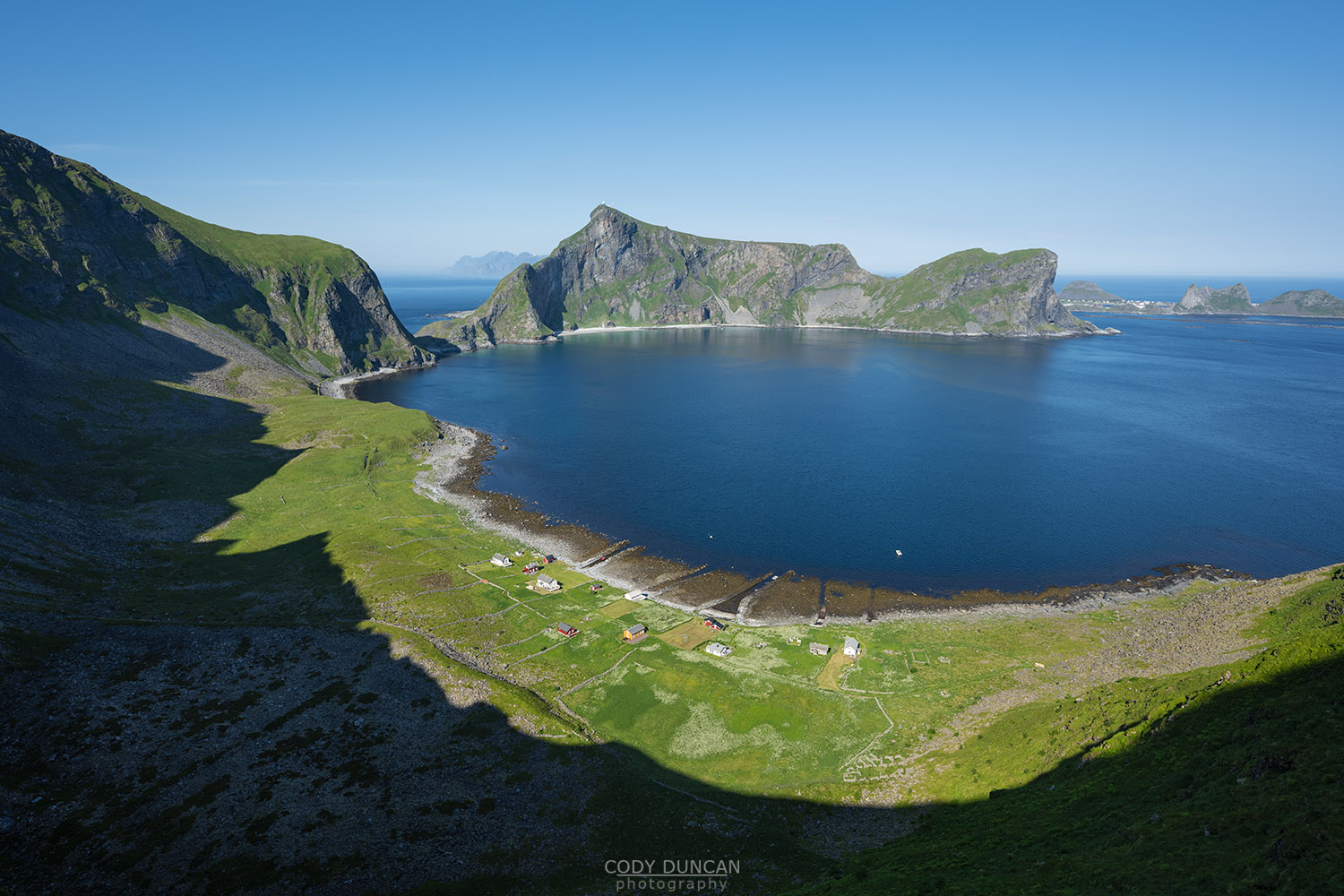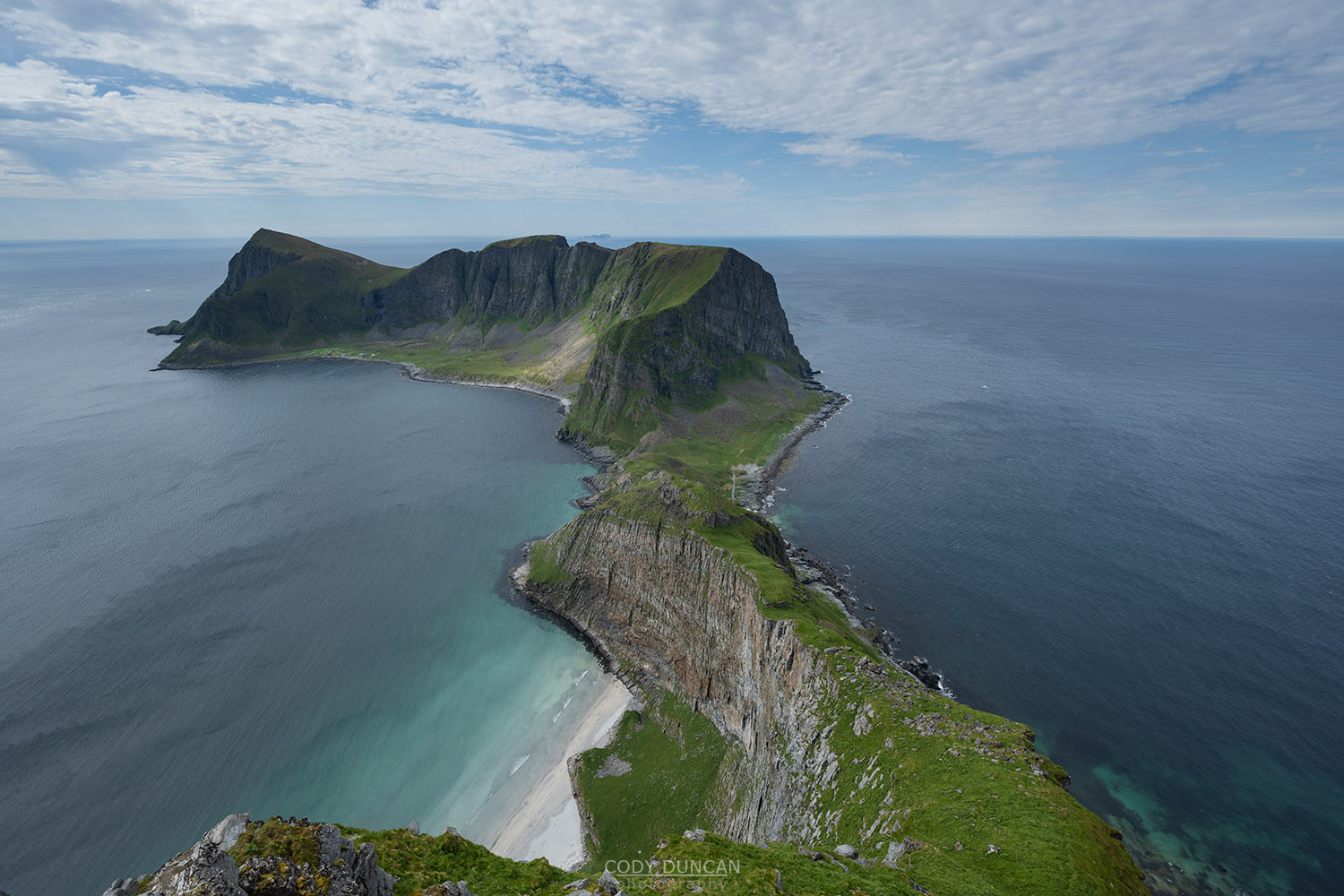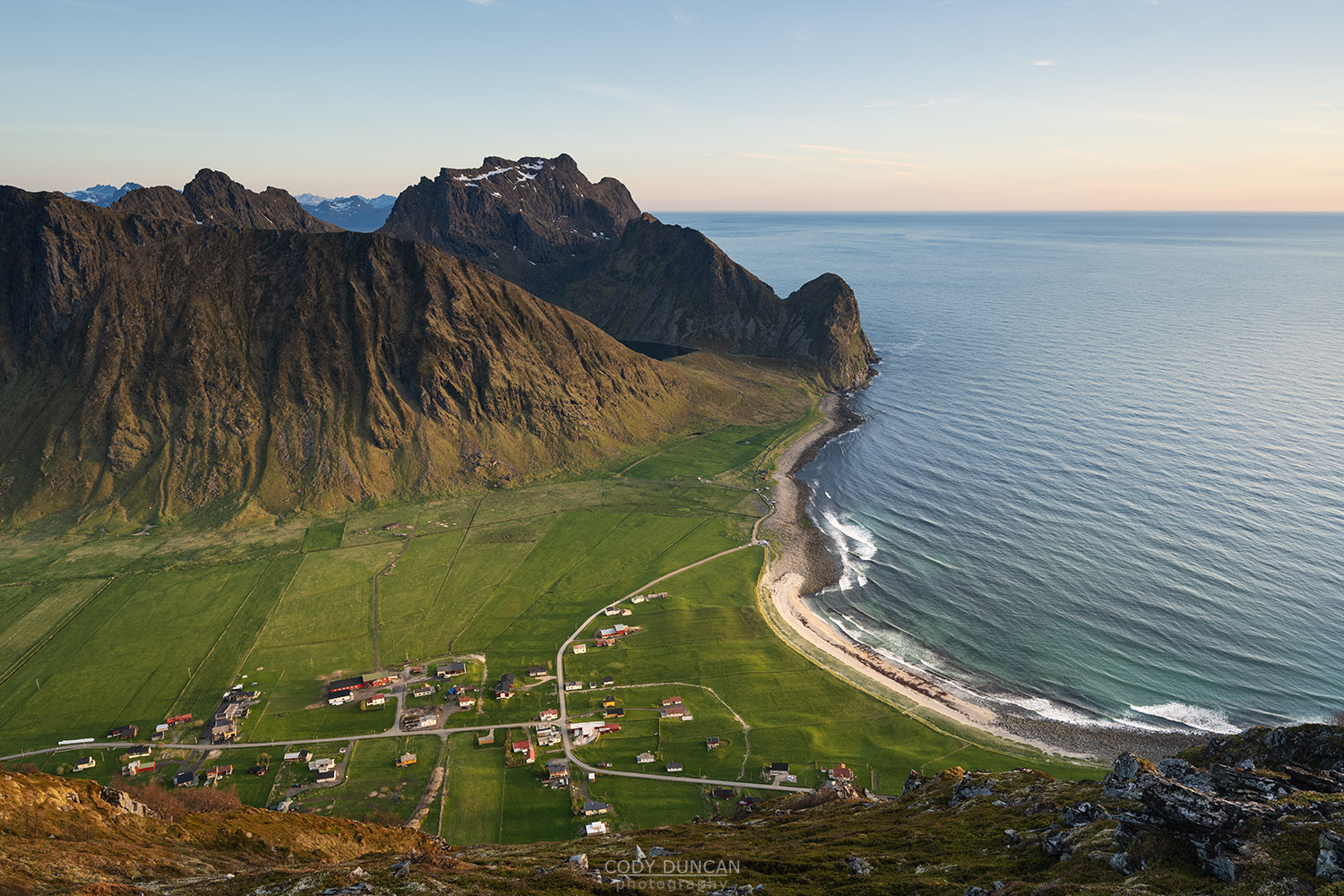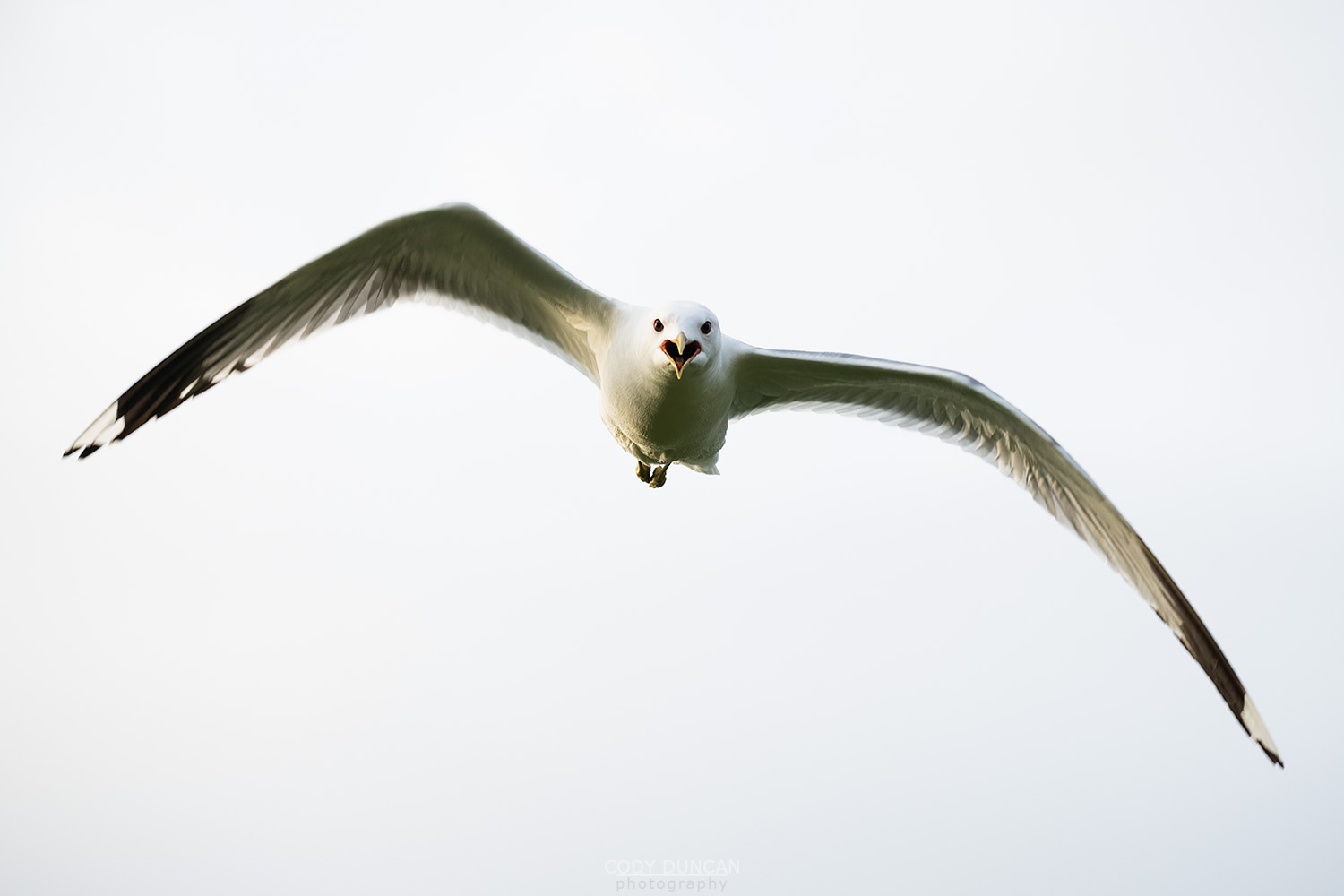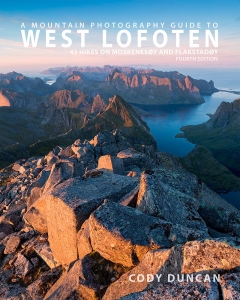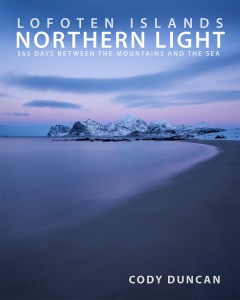Friday Photo #550- Cloudberries
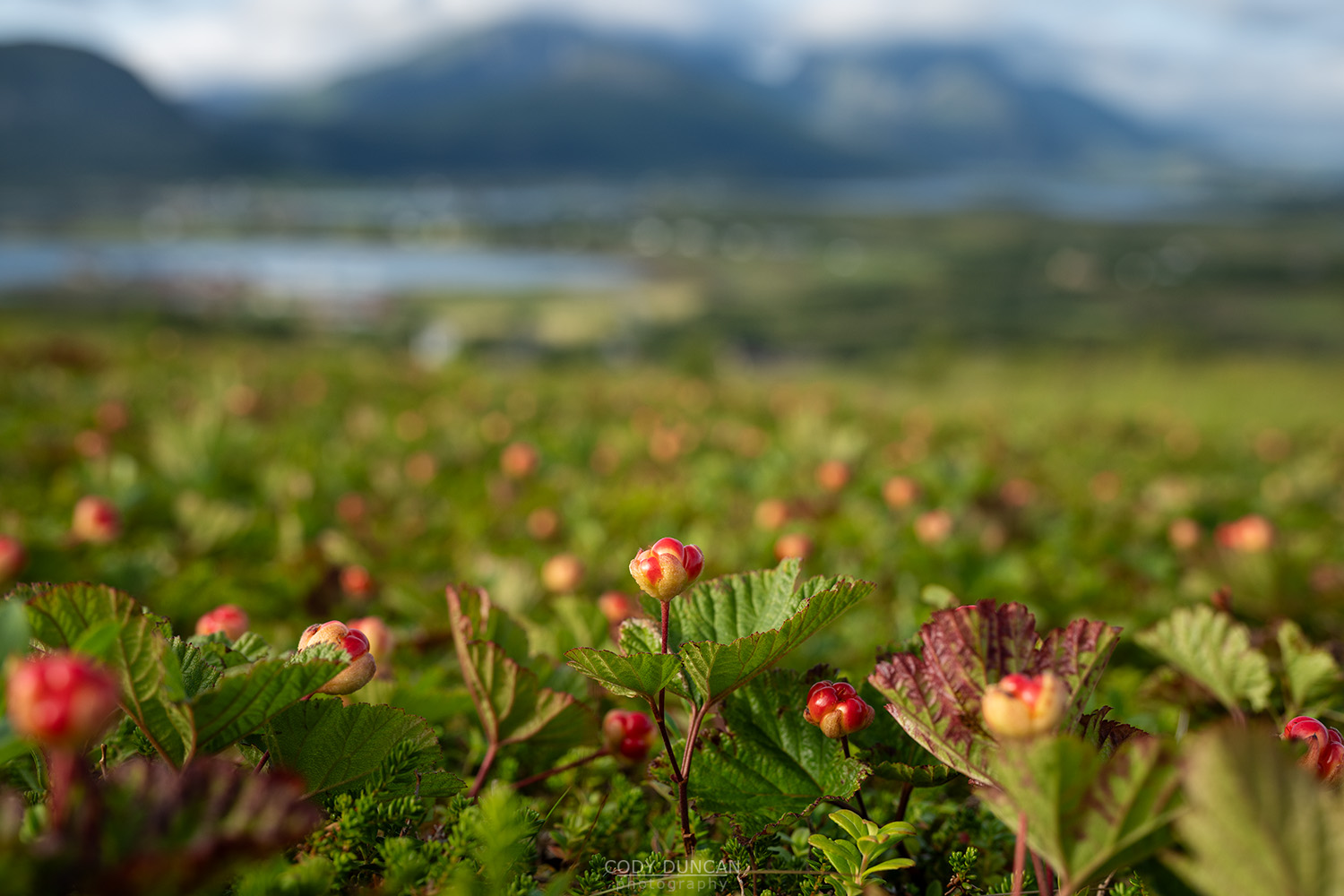
Photo: Arctic Gold – ripening Moltebær – Cloudberry patch patch in mid July, Vestvågøy, Lofoten Islands, Norway. July 19, 2023. 18:12
As the long days of summer slowly begin to fade from the north a new season slowly emerges: berry season. Wild berries cover Lofoten, and all of Norway, and their picking is a popular activity among the local population. Blueberries and cranberries both grow in abundance across the wild hillsides of Lofoten. But there is one berry that is the most coveted of all, the cloudberry – Moltebær.
Wild berry picking as allowed under Norwegian Friluftsloven – Outdoor Laws. However, Nordland and Finmark-Troms have a special exception for cloudberries, which allow the owner of private land to prohibit gathering of them – though it is still allowed to pick and consume on the spot. I’ve even heard stories from the old days about fierce neighborhood rivalries around the best collecting areas.
This year, perhaps thanks to a wet and rainy May, followed by a warm and sunny June, they seem to be filling the hillsides in abundance as they ripen the the late summer sun. This large patch was just one of many along a popular hiking route. They are still a week or more away from being ripe, but no doubt a more than a few locals are keeping a close eye on them, waiting for the first signs of ripeness. I wouldn’t be surprised if they literally disappear overnight one day.
I must say that I’m not actually that much of a fan of them. I just find the taste a bit odd, and generally prefer eating my way up the blueberry hillsides when I’m out hiking. But if you find yourself wandering through a patch of bright orange berries in the coming weeks, give one a try – but keep an eye out for the granny peaking through the window curtains to make sure you don’t take too many!
Head over to my Instagram account for (almost) daily postings of the local conditions here on Lofoten: @distant.north
Camera Info:
Nikon Z8
Nikon 24-120mm f/4
46mm
ISO 100
f 5
1/500 Second
WB Daylight

